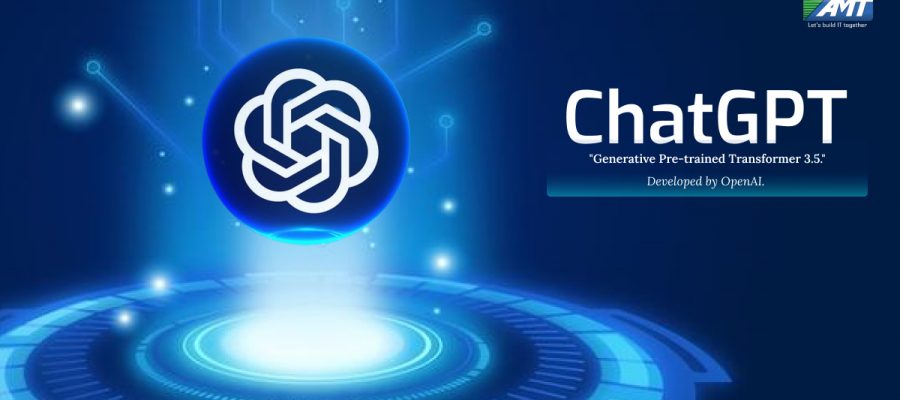ChatGPT is an advanced language model developed by OpenAI. It is based on the GPT-3.5 architecture, which stands for “Generative Pre-trained Transformer 3.5.” GPT-3.5 is an extension of the original GPT-3 model, incorporating improvements and enhancements to provide more accurate and contextually relevant responses.
ChatGPT is designed to engage in natural language conversations and provide informative and coherent responses to a wide range of user queries. It can understand and generate text in multiple languages and can adapt its responses based on the context of the conversation. The model has been trained on a vast corpus of diverse text from the internet, allowing it to acquire a broad knowledge base encompassing various topics.
The training process involves unsupervised learning, where the model learns patterns and structures within the text data without explicit human guidance. By predicting the next word in a sentence, the model becomes proficient at understanding grammar, syntax, and semantic relationships between words and phrases.
With its large-scale architecture and extensive training, ChatGPT exhibits impressive capabilities. It can answer factual questions, provide explanations, offer creative ideas, assist with language translation, suggest solutions to problems, and engage in general conversation. It can also generate human-like responses and mimic different writing styles, making interactions with the model more engaging and interactive.
However, it’s important to note that while ChatGPT is powerful and versatile, it may occasionally produce incorrect or nonsensical answers. It can also be sensitive to the input phrasing, providing different responses based on slight changes in the wording of a question. Additionally, the model’s responses are generated based on statistical patterns rather than true understanding, so it may not possess genuine comprehension or consciousness.
OpenAI continues to refine and improve language models like ChatGPT, seeking to enhance their abilities and address their limitations. Feedback from users plays an essential role in this iterative process, as it helps to identify and rectify issues and biases present in the model’s responses.
ChatGPT is built upon the transformer architecture, which is a type of deep learning model specifically designed for natural language processing tasks. The transformer model has gained popularity due to its ability to capture long-range dependencies and generate coherent and contextually relevant responses.
To train ChatGPT, OpenAI used a large dataset comprising a wide range of internet text sources, including articles, books, websites, and more. The model is trained in a supervised manner, where it learns to predict the probability of the next word in a sentence given the preceding words. This process enables the model to understand various linguistic patterns and generate text that follows similar patterns.
One notable feature of ChatGPT is its remarkable capacity for generating human-like responses. It can produce coherent and contextually appropriate replies, demonstrating a sophisticated understanding of language. This is achieved through its ability to capture the statistical regularities of the training data and use that knowledge to generate text.
However, ChatGPT also has some limitations. The model does not possess true understanding or knowledge of the world. It generates responses based on patterns it has learned from training data, which can sometimes result in incorrect or nonsensical answers. The model can also be sensitive to input phrasing and may produce different responses for slightly rephrased questions.
To mitigate these limitations, OpenAI has implemented safety mitigations and moderation systems to ensure that ChatGPT avoids generating harmful or inappropriate content. These measures aim to make the model more reliable and safer to interact with.
OpenAI encourages user feedback to continuously improve the system. Feedback helps identify and address biases, correct errors, and enhance the overall performance of ChatGPT. The iterative feedback loop is an essential part of OpenAI’s approach to developing responsible AI systems.
OpenAI also actively explores and develops approaches that allow for more user control over the model’s behavior. They believe in empowering users to customize the AI’s responses within broad societal bounds, taking into account individual preferences and ethical considerations.
Overall, ChatGPT represents a significant milestone in natural language processing and demonstrates the potential of large-scale language models in understanding and generating human-like text.
Above is a brief about ChatGPT. Watch this space for more updates on the latest trends in Technology.
